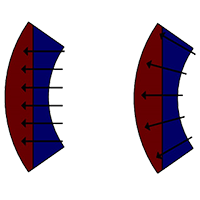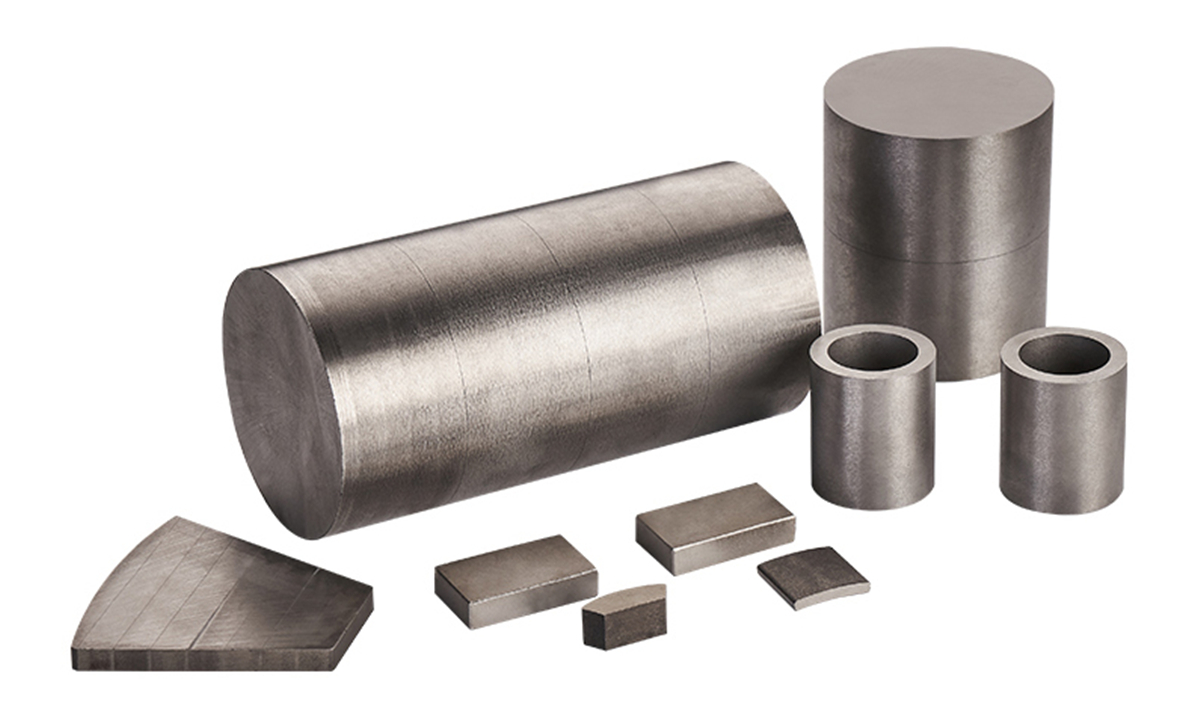All products featured are independently chosen by us. However, SoundGuys may receive a commission on orders placed through its retail links. See our ethics statement.
Shopping around for headphones can be confusing, and there’s lots to consider. Should you get on-ear headphones or in-ears? Open back or closed back? Should you get Bluetooth, wired, or both? While there’s plenty of reading to do on those questions, we’re here to give you a quick and easy breakdown of the different headphone driver types: dynamic, planar magnetic, electrostatic, and balanced armature. Smco Magnet Temperature

Editor’s note: this article was updated on July 6th, 2023, for technical details, links, and example products.
A headphone driver is the raw speaker component that drives the air. This movement creates pressure waves, resulting in sound in your ear canal. It’s a component that converts electrical energy into acoustic energy, also known as a transducer. A driver serves the core function of loudspeakers and headphones, producing the sound you hear. As the varying sizes of headphones and earbuds show, drivers also differ in size considerably.
Most headphones use dynamic drivers, also known as moving coil drivers. A fixed magnet creates a static magnetic field. This interacts with the voice coil’s electrical current, which is forced to move back and forth with the applied signal. The voice coil is attached to a membrane, or diaphragm, which acoustically amplifies vibrations and, thus, sound waves are produced.
Although the basic moving coil concept hasn’t changed much in close to 100 years, it has been refined considerably. Dynamic drivers will, however, be prone to limited bandwidth and dynamic range due to resonances and power compression.
In terms of performance, they’re not bad — there are plenty of affordable models — but better sound quality can be found if you’re willing to spend.
Headphones that use planar magnetic drivers sport a distinct look: the inside of the ear cups features a rectangular rather than elliptical opening. Although planar magnetic drivers are typically found in open-back, over-ear headphones, there are examples of in-ears using them too. Some manufacturers use their own names for this technology: “magneplanar,” “isodynamic,” or “orthodynamic” all refer to planar magnetic headphones.
The basic principle of operation for planar magnetic drivers is the same as the dynamic driver: an electrical conductor moves between fixed magnets as an audio signal is passed through it. Rather than a coil attached to a conical diaphragm, the planar magnetic driver’s conductor is laid out in a 2D pattern and attached to, or embedded in, a film-like diaphragm that can be made extremely flat. Multiple magnets are laid out on both sides of this diaphragm, producing a uniform magnetic field where it stays.
Due to the more complex structure of the motor system and large diaphragm, these models often cost more, are heavier, and are less efficient, meaning they require more power to be driven. In other words, many planar magnetic headphones need an amplifier to drive them to adequate levels.
Because the large, flat diaphragm moves in unison and is well controlled, some issues with the moving coil design that cause distortion are avoided.
Electrostatics operate on a completely different principle than the conventional dynamic technologies discussed. They work by applying a static electrical charge to a thin film that floats between two perforated metal plates; when audio signals are applied across the plates, the entire film membrane moves back and forth due to electrical attraction and repulsion. It’s the same principle as condenser microphones use to capture sounds but in reverse.
Headphones that use electrostatic drivers are much more expensive than your standard dynamic driver and require a specialized amplifier, increasing the overall cost.
Because the thin film diaphragm has no resonances or energy storage, it is free of the distortion inherent in moving coil speakers. While this accuracy is much sought after, it’s unrealistic to produce on a grand scale for general consumers. The sheer expense and the fact that they require bespoke amplifiers to even work means that these are the domain of enthusiasts only.
Balanced armature drivers (or “BA”s) are much smaller than the other driver types, and their main application is in-ear monitors and hearing aids. These incorporate a magnetic armature that rests on a pivot and rotates between two magnets. When it’s centered within the magnetic field, there’s no net force on the armature.
When an electric current is sent through the coil wrapped around the armature, the magnetic force makes the armature move. This motion causes the attached diaphragm to move and create sound waves.
Because they’re so small, it’s possible for headphones, like the 1MORE Triple-Driver In-ear, to use multiple armature drivers. Doing so delegates a specific range of frequencies to each armature— an individual driver will usually handle bass notes, and the rest will be handled by one to three others, allowing drivers tailored to each frequency band to be used.
As with all things, you have to make a cost-benefit analysis. Sure, you could say that electrostatic drivers are the “best,” but that would be a gross oversimplification. Since most of us operate within constrained budgets and don’t need the most accurate response, dynamic drivers make the most sense. They’re cost-effective and pretty robust. Whether you want something cheap and functional or luxurious and analytical, dynamic drivers have you covered.

Samarium Cobalt Rare Earth Magnets Of course, if audio is your passion and you have the means to pursue that passion, planar magnetic, electrostatic, and balanced armature-driven headphones are worthy potential upgrades. Although these driver types require a bit more shopping around, plenty of options exist. And as demonstrated by the Monoprice Monolith M1570C, not all planar magnetic headphones have to set you back thousands of dollars.